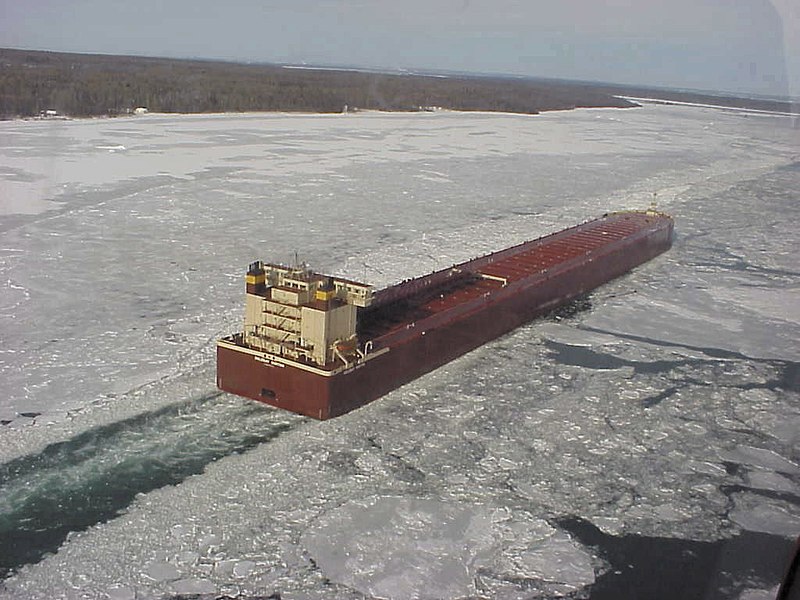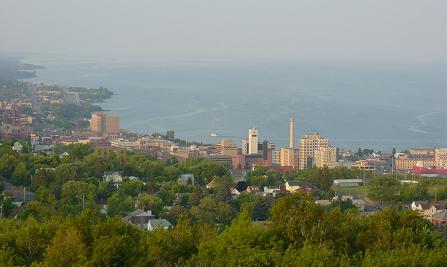 |
The
Oxford American Dictionaries defines the word "lake" as a
large body of water surrounded by land. Obviously the Oxfords have
never been to Michigan. I mean there's large bodies of water
surrounded by land ... and then there's sweet water seas, as the
early French called the Great Lakes.
The
two peninsulas of Michigan, surrounded on three sides by Lakes
Superior, Michigan, and Huron, give the state more coastline than any
other in the US, except Alaska.
The Great Lakes system begins with Lake Superior in the far North. Fifty three rivers feed its 31,700 sq. miles of surface water, the combined area of several small US states. Beginning in Duluth Minnesota, Superior ends 350 miles east, at the St. Mary's River, and the City of Sault Ste. Marie MI, where the Soo Locks control more than a twenty foot drop into Lake Huron.
http://law2.umkc.edu/faculty/projects/ftrials/superior/superiorfacts.html
http://en.wikipedia.org/wiki/Category:Tributaries_of_the_Great_Lakes
http://www.enchantedlearning.com/usa/states/area.shtml
 |
| Split Rock Lighthouse, Silver Bay, Minnesota |
Duluth
Minnesota, photo by Jakes18
Ice
on North Shore of Lake Superior in Minnesota taken by Jeff
Gunderson http://epa.gov/greatlakes/image/vbig/495.jpg

December,
1999, the motor vessel Oglebay Norton passes safely through the St.
Marys River after Coast Guard icebreakers did their job earlier on
the river http://en.wikipedia.org/wiki/File:St_Marys_River_winter.jpg

A one thousand foot freighter inches into one of the Soo Locks

Since the French sailing ship Le Griffon, vanished in Lake Michigan in 1679, to the seven hundred foot freighter, Edmond Fitzgerald, lost during a storm on Superior in 1975, there are almost five thousand shipwrecks lying at the bottom of the Great Lakes. Shipwreck tours and museums abound in Michigan.
Just imagine taking on a lake the size of Superior in a canoe, as the early French explorers did.
|
Vivian









